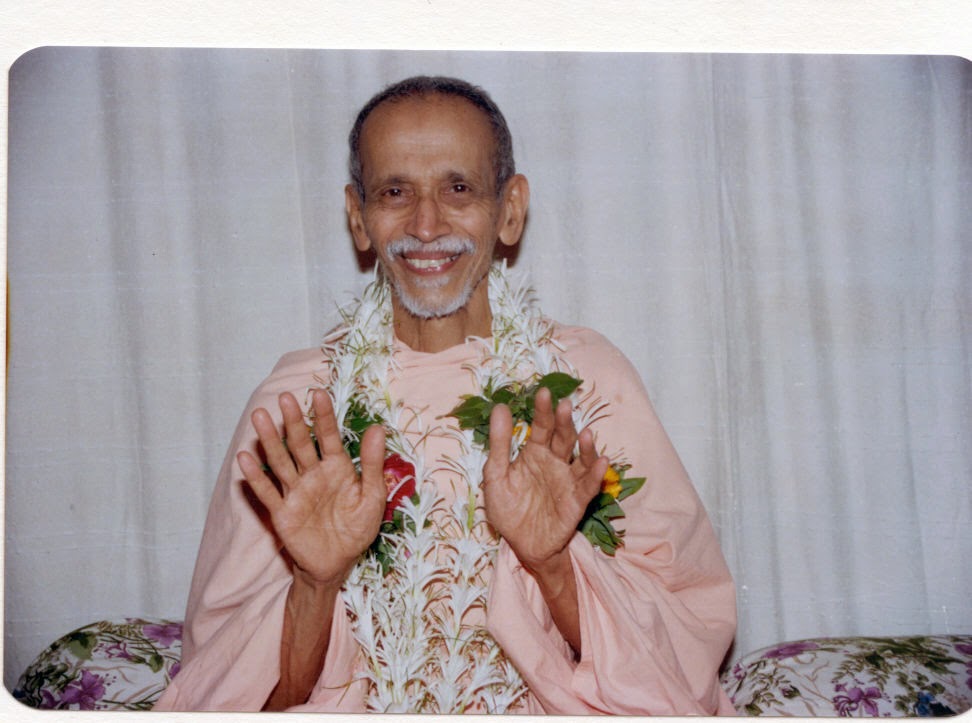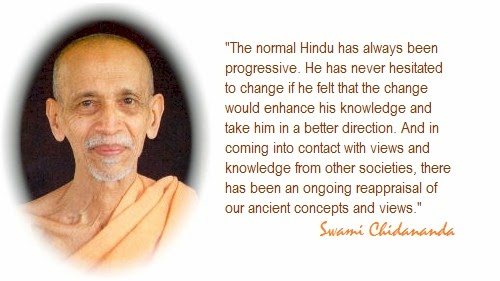HIS HOLINESS SRI SWAMI CHIDANANDA SARASWATI MAHARAJ : 3.
.jpg)
His deep and abiding interest in the welfare of lepers had earned for him the confidence and admiration of the Government authorities when he was elected to the Leper Welfare Association, constituted by the state - at first as Vice-Chairman and later as Chairman of The Muni-ki-reti Notified Area Committee. Quite early in life, although born in a wealthy family, he shunned the pleasures of the world to devote himself to seclusion and contemplation. In the matter of study it was the spiritual books which had the most appeal to him, more than college books. Even while he was at college, text-books had to take second place to spiritual books. The works of Sri Ramakrishna, Swami Vivekananda and Sri Gurudev took precedence over all others. He shared his knowledge with others, so much so that he virtually became the Guru of the household and the neighbourhood, to whom he would talk of honesty, love, purity, service and devotion to God. He would exhort them to perform Japa of Rama
.jpg)
.jpg)
.jpg)


.jpg)


.jpg)




